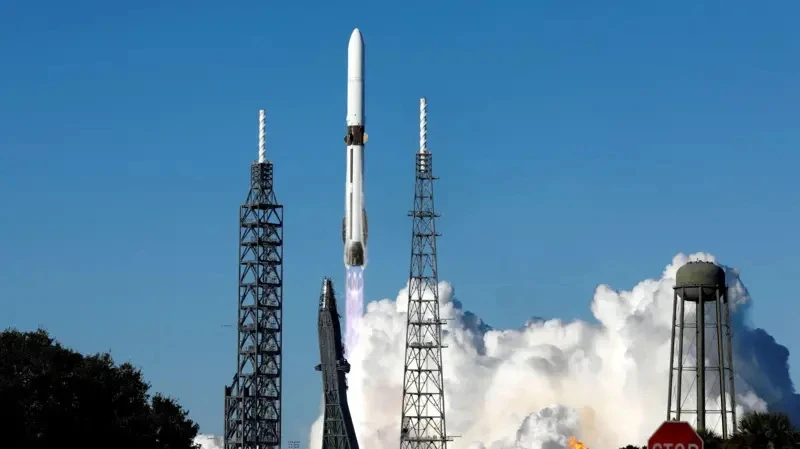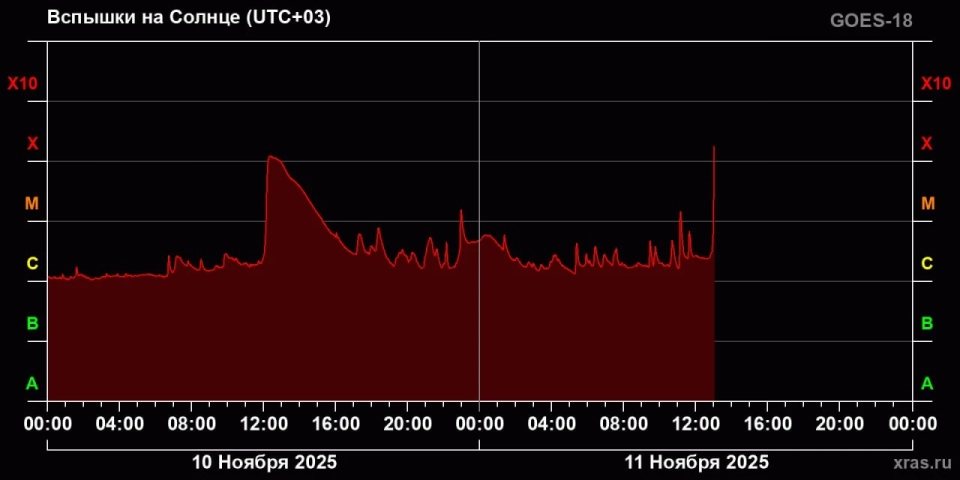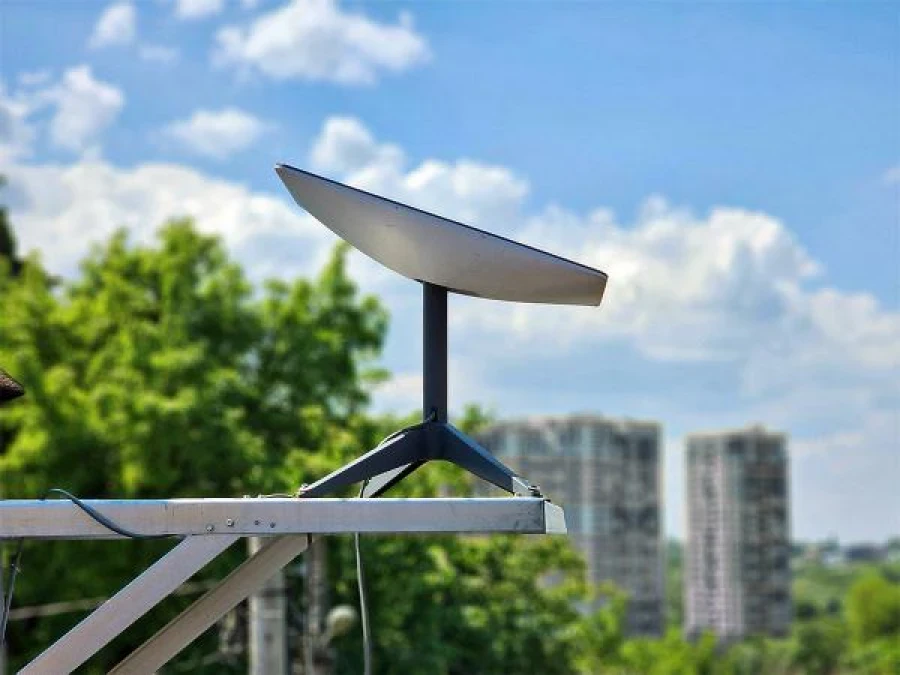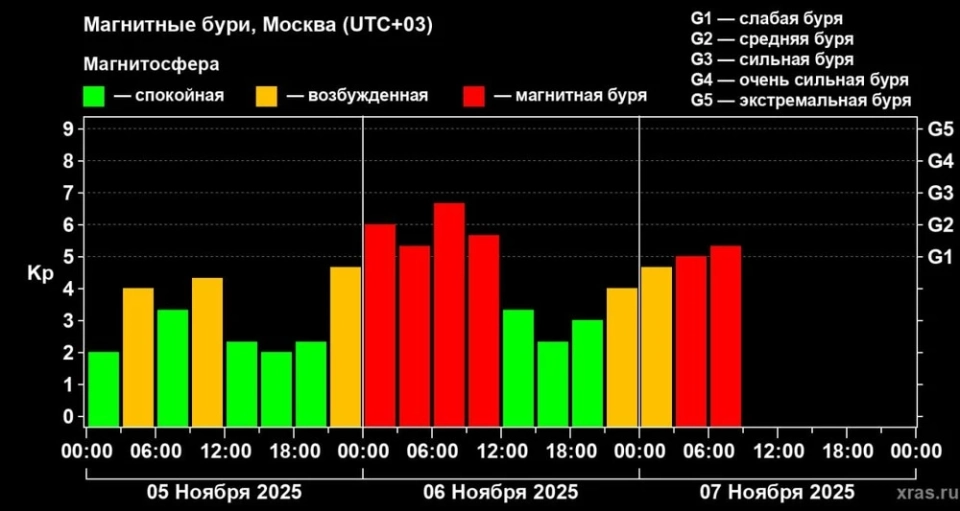
The crew of the Chinese spacecraft "Shenzhou-20" is expected to return to Earth...
On the night of November 5 to 6, intense magnetic storms began on Earth, reaching levels of G2-G3....

The President emphasized the importance of creating more attractive conditions for investors, as...
A powerful planetary-level magnetic storm G4.7 (with a maximum level of G5) has struck Earth, as...

The New Glenn rocket during launch. Photo by Reuters. According to information from the...
Today, a training launch of an intercontinental missile without a warhead was conducted from...

On Thursday, November 13, the "New Glenn" rocket from Blue Origin successfully reached...

New Horizons in the Relations of the Republics Meetings in the "C5+1" format represent a...

The State Committee for National Security of the Kyrgyz Republic has announced the start of...

On Wednesday, magnetic storms may occur on the planet, including minor geomagnetic disturbances...
The State Financial Supervision Service (Gosfinadzor) has decided to revoke the license of the...

The creation of more complex and large-scale artificial intelligences has become complicated due...
In some regions of the country, temporary power outages are expected. This is reported by local...
A team of international researchers from Hungary conducted simulations covering over 4,000...

The administration of President Donald Trump presented him with three options for sanctions...
The heating season is just beginning, and residents of Kyrgyzstan are already facing the...
A class M5.0 flare was registered on the Sun — this event became the most powerful since the end of...

The most powerful flare on the Sun, recorded in 2025, has been detected. This was reported by the...

Chinese astronauts are facing issues aboard the Shenzhou-20 spacecraft, which sustained damage...
The Central Election Commission has begun accepting applications from citizens wishing to...

The flags of the USA and China against a clear sky symbolize the relationship between the two...
According to the updated rules, ChatGPT will not provide consultations on issues such as education,...
Hungary has received a temporary exemption from American sanctions on the import of oil and gas...
Kamchybek Tashiev, the president of the Kyrgyz Football Union, recently met with Zoran Terzić, a...

Activists previously reported that Chinese syndicates are using Musk's satellite internet to...
Recently, the first Kyrgyz-French forum dedicated to investments and cooperation in the healthcare...
- The Financial Supervisory Authority of the Kyrgyz Republic has announced that the license of LLC...
According to a Bloomberg report, Warner Bros. Discovery has announced its intention to sell the...

It has become known that tungsten deposits currently represent significant interest for the United...
According to Google Trends data, residents of the United Kingdom are actively planning their...
In the capital of Kyrgyzstan, Bishkek, new restrictions have been introduced for entertainment...
The government of the Kyrgyz Republic has made changes to the program concerning the creation and...
Recently, the Trump administration released a list of 37 donors who supported the renovation of the...
In an interview on November 13, the head of the State National Security Committee expressed...
As part of the master plan for the development of the capital until 2050, the creation of new...

On this day, the Earth is facing the influence of a large coronal hole and two streams of plasma...

In accordance with Decree No. 291, signed by President Sadyr Japarov on October 20, 2025, the date...
In Slovakia, a new traffic law has raised numerous questions and jokes among the population. Social...

A significant international exhibition "Kyrgyz EXPO 2025" took place in Bishkek, which,...
According to Euronews, the water level in the reservoirs supplying Tehran has reached a...

Atlas is being introduced at a time when OpenAI is actively seeking new ways to monetize its...

Today, a presentation of the new civil passports and ID cards of the 2025 model took place in...
On May 6, the Prime Minister of the Kyrgyz Republic, Joomart Otorbaev, met with members of the...